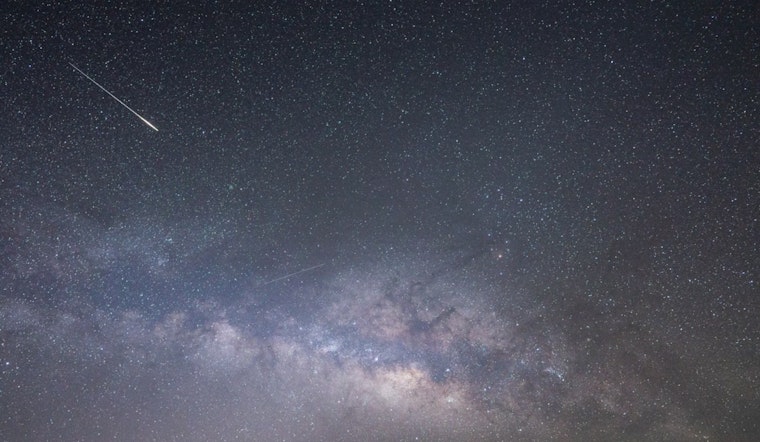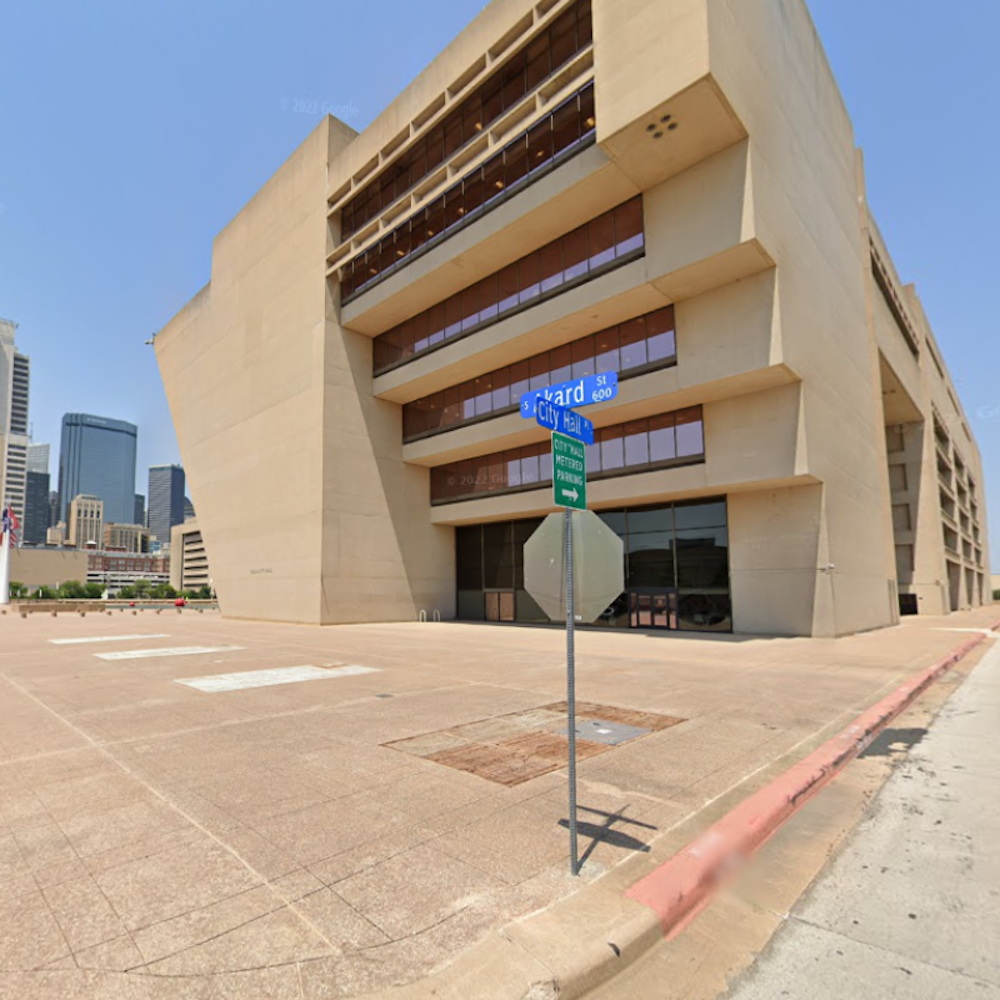
The cosmos is putting on a show this week as the Lyrid meteor shower gears up to its peak, though city dwellers may have to journey far from the lights to catch a glimpse. The annual heavenly event that typically dazzles sky-watchers with up to 20 meteors per hour is now underway, kicking off April 15 and running through April 29. But this year's show has a bright gatecrasher— a full moon shining alongside the meteors, as reported by Fox San Antonio.
Expert advice suggests the optimal viewing time will be just before dawn, though the full moon's light may wash out the fainter meteors this year. If the typical ephemeral streaks of light that the Lyrids produce are somewhat diminished, the spectacle still holds promise for those who venture into darker areas, away from the urban glow. Optimistic star-gazers in Northern Hemisphere may be able to spot up to 18 meteors per hour during the shower's zenith, though Southern Hemisphere observers may not get quite the same celestial treat, CNN reports.
The full moon itself reached its peak at 7:49 p.m. ET on Tuesday and is not to be missed. Dubbed the "pink moon," it comes with its own fanfare. Despite its name suggesting a rosy hue, the moon will display its usual silver sheen and will appear full to the naked eye for a couple of days worldwide. Occasionally, it may appear reddish when near the horizon due to atmospheric conditions, not its actual coloration, clarified Paul Hayne, a planetary scientist with the University of Colorado Boulder, in a statement obtained by CNN.
For those keen to spot a Lyrid meteor, it's worth stepping outside into the darkness at least 10 to 15 minutes early to allow your eyes to adjust. Ashley King, a postdoctoral researcher of planetary sciences at London’s Natural History Museum, recommends an unobstructed view under the dark sky—avoid binoculars and telescopes, as they limit the field of vision. "The best time to go out (to see a meteor) is kind of the very early morning before the sun comes up," King told CNN. "If you can get somewhere dark and possibly get up high, so you can see lots of the sky, that’s ideal."
Though the Lyrids are neither the flashiest nor the speediest meteors in the cosmic collection, they offer Earth-bound observers a glimpse back in time. With each streak of light, the meteors reveal particles forged during the solar system's infancy, offering a connection to the universe's past. Even with the radiant moon stealing some of their sparkle, this year's Lyrids may yet surprise onlookers with an unexpected show, reminding us of the dynamic and ever-changing nature of our celestial neighborhood.









